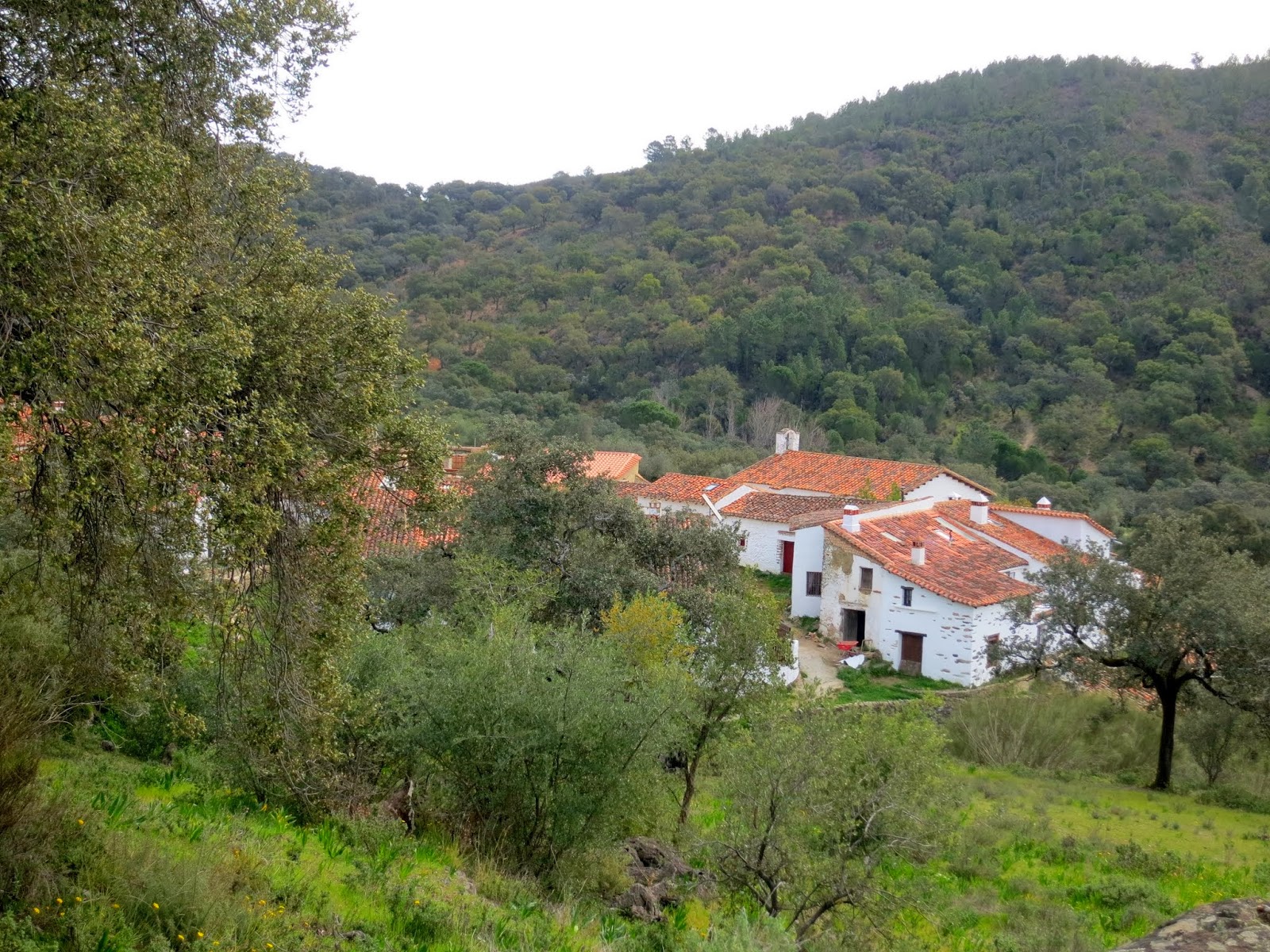In
one of my previous blogs I have already written about the famous Spanish jamón looking at its history and its
degrees of quality (you can read more about it here). We have also visited
Jabugo, the Mecca of jamón lovers
where we ended up buying more than we wanted (you can find that blog here).
If
my blogs made you want to rush to Spain, go to the first shop and buy a whole
leg of pig I’m more than satisfied with the result, however I would urge you to
consider buying the flight tickets for a minute. One cannot just buy a whole
leg and take it home to cut it up and eat it. There are a few things we have to
look into before it happens.
First
of all you have to decide which leg you want to buy, the rear one or the front
one? There is a difference in size which matters when you consider the number
of people eating it. Usually they sell the rear leg which is the jamón, which is around 10kg and costs
from 50 euros up. If you are only two of you you might want to choose the front
leg, the paleta which is around
5-6kg. And how long would it last for for two people? Obviously it depends on
the amount you eat. Our friends said they bought a front leg weighing 5kg and
it lasted them about a month and they were eating from it at least twice a day!
Secondly,
when you buy the first leg of your life you have a few other things to spend
money on, too, for example the leg-holder, the jamonera, and three different types of ham carving knives.
Thirdly,
you have to learn how to cut a leg. If you want to enjoy your jamón to its fullest you have to pay
attention to the anatomy of the animal and cut the meat in a certain way so
that you get the most meat off the bone. There are many sites on the internet
that teach you how to do this properly, for example this one which even
includes a pdf for those who can’t understand Spanish.This
10-minute-long (!) video might also come handy.
As
you can see, cutting jamón is an art.
Therefore it’s not surprising that on a Spanish wedding the biggest slice of
the wedding money pool (sorry for the pun) goes to the professional jamón cutter. It is also true of the
Feria de Abril in Seville where these professionals are the most sought after
and the most expensive part of the fiesta.
Don’t
lose heart, though, it’s not too late to start. The taste of a freshly cut,
good quality jamón on fresh, olive oil soaked bread will put a smile on
everybody´s face.





















































